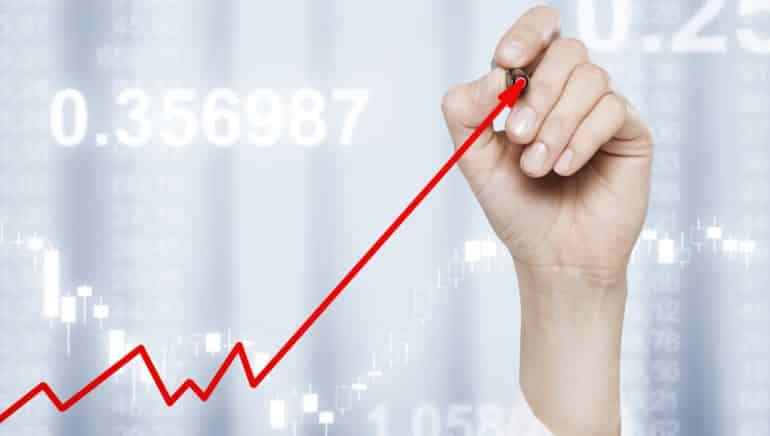[post_poll id=”1988″]
The rate of inflation has been quite substantial most recently, in comparison with the recent past and surprisingly so for many market participants. The harmonised consumer price index for the Eurozone was 2% higher on a year-on-year basis in February, which was also the highest value since 2013.

The rate of inflation in the Eurozone has increased significantly in the past months
Sources: Erste Asset Management; Eurostat, data as of 31 March 2017
Experts caught off guard
Indicators such as the Citi Inflation Surprise indices measure “objectively”, whether analysts correctly estimate inflation. On the basis of these indicators it would seem that the inflation figures and the relevant drivers have been underestimated in the past months on a global scale, in particular in the Eurozone. Here, the analysts have traditionally had a hard time with their estimates. However, inflation had never been underestimated by such a significant degree since the introduction of the euro in 1999.

Due to the unorthodox monetary measures since 2008, the question of whether this is the beginning of the Great Inflation is a legitimate one. And if it is not the “Great” one, then perhaps a smaller one?
Sources: Erste Asset Management; Citi, Bloomberg, data as of 31 March 2017
Inflation rate vs. core inflation rate
The upsurge in prices in the past month has been driven by a drastic increase in energy and food prices. Together, they account for almost 30% of the basket of goods used for the calculation of inflation. For one thing, these two components are almost impossible to steer by the central bank, and they are also significantly more volatile than the other components. Therefore, the central bank mostly uses the so-called core rate if inflation, which is based on a basket of goods that does not contain energy or food (prices). This core inflation rate has been below 1% in the Eurozone for numerous years without indicating any signs of an upward trend recently either. This suggests that the rise in inflation is not due to the economic environment, but to the increased oil and food prices. Once these prices stop rising or even fall, lower rates of inflation can be expected to follow suit. In fact, the inflation rate in March had dropped to 1.5% p.a. and thus fell substantially short of the reference value of February.
“Home-made” inflation pressure in the USA?
In the United States, inflation has also risen on the back of increasing energy prices recently. Given the different scenario in the USA, the question of “home-made” inflation is justified. The US economy is expected to reach full employment in 2017. This could result in a higher increase in wages and prices in the medium term, in other words, in a broadly based, sustainable increase in inflation. The stats already indicate higher average wage increases than a few years ago. However, at 2.2% they are still moderate.

Quelle: Bureau of Labor Statistics, CPI Detailed report, Data for February 2017
How does Erste Asset Management rate the risk of inflation?
- In the short run, we do not see any risk of inflation, neither in the Eurozone nor in the USA
- The market does not expect any significant rise in inflation either: the inflation expectations priced into 10Y inflation-protected government bonds were at 1.14% for Germany and at 1.84% for the USA on 21 April 2017 – i.e. very low in comparison with historical figures.
- Due to higher oil prices and higher growth expectations in the second half of 2016, a short-term rise in inflation expectation was noticeable. However, these effects will shortly be coming to an end.
- Globally speaking, we do not expect to see any significant rise in inflation rates either due to the current economic scenario. While many economies such as Germany and the USA are operating above capacity, there are still a lot of countries such as Italy or Spain where this is not the case. This should be enough to ward off (the fear of) global inflation for a while.
[post_poll id=”1988″]

